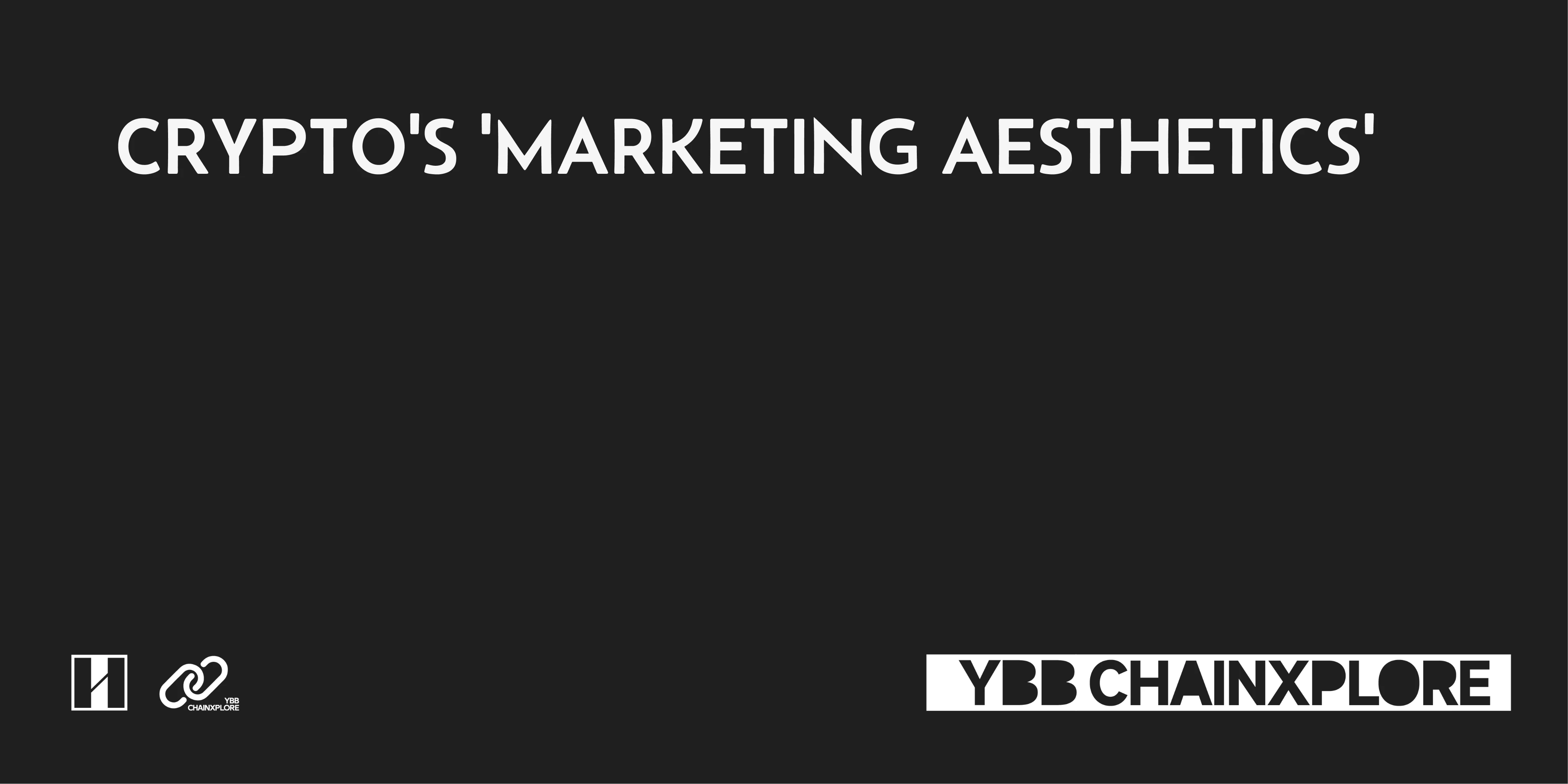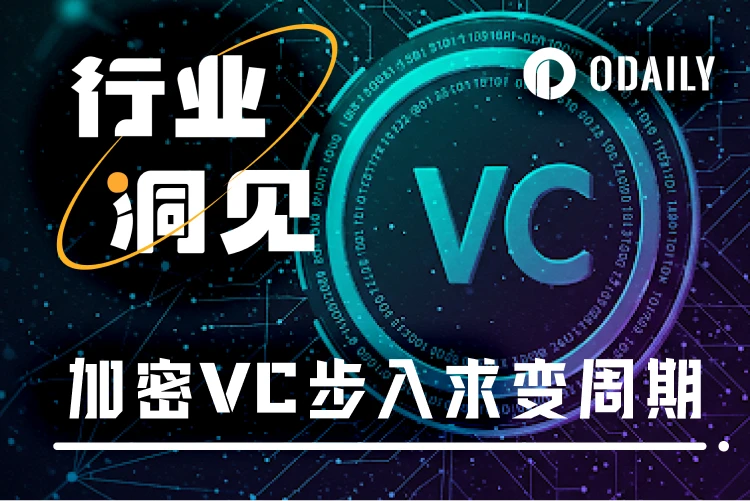Rise/Fall Color
Start-End Time of the Change
星球日报
Trading Bots
Block This User
星球日报
Q1 2025 South Korea Web3 Market Report: Is South Korea Still a Liquidity Exporter?
This report is authored by Tiger Research, studying the South Korean Web3 market in the first quarter of 2025, analyzing its evolution from Liquidity export to a structured industry ecosystem, and highlighting key regulatory developments and global project initiatives.
Summary of key points
From Liquidity to Industrial Ecosystem: In the first quarter of 2025, the South Korean Web3 market will reach a turning point. This market, once regarded as a global project "Liquidity", is transforming into a structured self-sustaining industrial ecosystem.
Impact of Relaxing Supervision on Corporate Accounts: As part of the Financial Services Commission's roadmap, institutional entities are gradually being permitted to conduct cryptocurrency transactions through corporate accounts.
Global project-led ecological construction: Projects like Avalanche, TON, Ripple, and Solana are actively establishing a long-term foundation in South Korea. Their activities have
Summary of key points
From Liquidity to Industrial Ecosystem: In the first quarter of 2025, the South Korean Web3 market will reach a turning point. This market, once regarded as a global project "Liquidity", is transforming into a structured self-sustaining industrial ecosystem.
Impact of Relaxing Supervision on Corporate Accounts: As part of the Financial Services Commission's roadmap, institutional entities are gradually being permitted to conduct cryptocurrency transactions through corporate accounts.
Global project-led ecological construction: Projects like Avalanche, TON, Ripple, and Solana are actively establishing a long-term foundation in South Korea. Their activities have

- Reward
- 1
- Comment
- Share
One week token unlock: ENA unlocks approximately $50 million worth of tokens.
This week, a total of 6 tokens were unlocked, among which ENA, MOVE, and MOCA had relatively high unlocking ratios. The unlocking amount for Ethena is approximately 50.37 million USD, primarily used for the algorithmic stablecoin USDe. The ENA unlock is divided into two categories: core contributors and investors, with a total value of about 50 million USD. The unlocking amount for Movement is approximately 8.46 million USD, focusing on building infrastructure based on Move.

- Reward
- like
- Comment
- Share
The "Marketing Aesthetics" of Crypto
Original author: YBB Capital Researcher Zeke

1. Celebrity Coin, from Birth to Marketing
Warren Buffett has continued the charitable legacy of his late wife, Susan Buffett, for 23 years, transforming the admiration of a group of business elites into a globally renowned "time auction," creating the most iconic "lunch with a price tag" model in the history of human charity.
The monetization of celebrity time is actually not uncommon in Web3, from the ancient Time New Bank to later ones.

1. Celebrity Coin, from Birth to Marketing
Warren Buffett has continued the charitable legacy of his late wife, Susan Buffett, for 23 years, transforming the admiration of a group of business elites into a globally renowned "time auction," creating the most iconic "lunch with a price tag" model in the history of human charity.
The monetization of celebrity time is actually not uncommon in Web3, from the ancient Time New Bank to later ones.

- Reward
- like
- Comment
- Share
Vitalik's new article: Returning to simplicity, the future of Ethereum doesn't need to be so complicated.
Ethereum is committed to simplifying the L1 protocol to enhance understandability, maintainability, and verifiability. By streamlining the consensus layer and execution layer, including adopting a simplified consensus mechanism and a high-performance VM to replace the EVM. Introducing shared components to drop system complexity and build a more elegant system foundation. Simplicity, similar to decentralization, is key to system resilience. By shifting culture and setting code line count goals, Ethereum's path to simplification is worth learning from Bitcoin's experience.

- Reward
- like
- Comment
- Share
DAR: The Original Universe of AI Smart Agents
In 2025, the new Token DARK in the world of encryption AI rises on the Solana Blockchain, aiming to explore the field of AI agents. Its technical foundation is MCP, which connects AI models with external data. SPUTNIK is an on-chain AI Agent game where players can provide intelligence by betting $DARK to help agents explore unknown areas. DARK not only builds an AI-native ecosystem but also attracts attention from the encryption AI community, showcasing the potential of AI agents and real-time on-chain interaction.

AGENT-4.92%
- Reward
- like
- Comment
- Share
Reviewing 10 emerging Launchpad platforms worth following.
Original author: Nancy, PANews
With the return of funds and the recovery of sentiment, the on-chain world is quietly heating up, and many emerging token issuance platforms have also begun to take turns to launch blood-sucking attacks on leading Pump.fun. In this article, PANews takes stock of 10 newcomers to the Launchpad platform that have attracted a lot of attention recently, involving MEME, AI Agent, and SocialFi tracks, mainly focusing on the Solana ecosystem. Most of these platforms rely on a solid ecological foundation and resource advantages, and compete for market share through innovative mechanisms and differentiated positioning such as optimizing the issuance mechanism, enriching creator incentives, enhancing token empowerment, and improving platform security.
LaunchLab
LaunchLab is a token issuance platform based on Solana, developed by
With the return of funds and the recovery of sentiment, the on-chain world is quietly heating up, and many emerging token issuance platforms have also begun to take turns to launch blood-sucking attacks on leading Pump.fun. In this article, PANews takes stock of 10 newcomers to the Launchpad platform that have attracted a lot of attention recently, involving MEME, AI Agent, and SocialFi tracks, mainly focusing on the Solana ecosystem. Most of these platforms rely on a solid ecological foundation and resource advantages, and compete for market share through innovative mechanisms and differentiated positioning such as optimizing the issuance mechanism, enriching creator incentives, enhancing token empowerment, and improving platform security.
LaunchLab
LaunchLab is a token issuance platform based on Solana, developed by

- Reward
- like
- Comment
- Share
Depth Dialogue: The Life and Death Test of Encryption VC, Exit or Breakthrough?
Original | Odaily Daily Report (@OdailyChina)
Author|Wenser(@wenser 2010 )

In the previous article "ABCDE Stops Fundraising, Crypto Capital Urgently Needs a 'Version Update'", based on the matter of ABCDE stopping fundraising, we introduced a topic - crypto VCs urgently need a version update to adapt to the new cycle and new monetization paths. With the recent recovery of the crypto market, many crypto investment institutions have also started their performances, with some choosing to adjust their positions, some hoping for new projects, and others setting their sights on more compatible versions.
Author|Wenser(@wenser 2010 )

In the previous article "ABCDE Stops Fundraising, Crypto Capital Urgently Needs a 'Version Update'", based on the matter of ABCDE stopping fundraising, we introduced a topic - crypto VCs urgently need a version update to adapt to the new cycle and new monetization paths. With the recent recovery of the crypto market, many crypto investment institutions have also started their performances, with some choosing to adjust their positions, some hoping for new projects, and others setting their sights on more compatible versions.

VC-4.2%
- Reward
- like
- Comment
- Share
